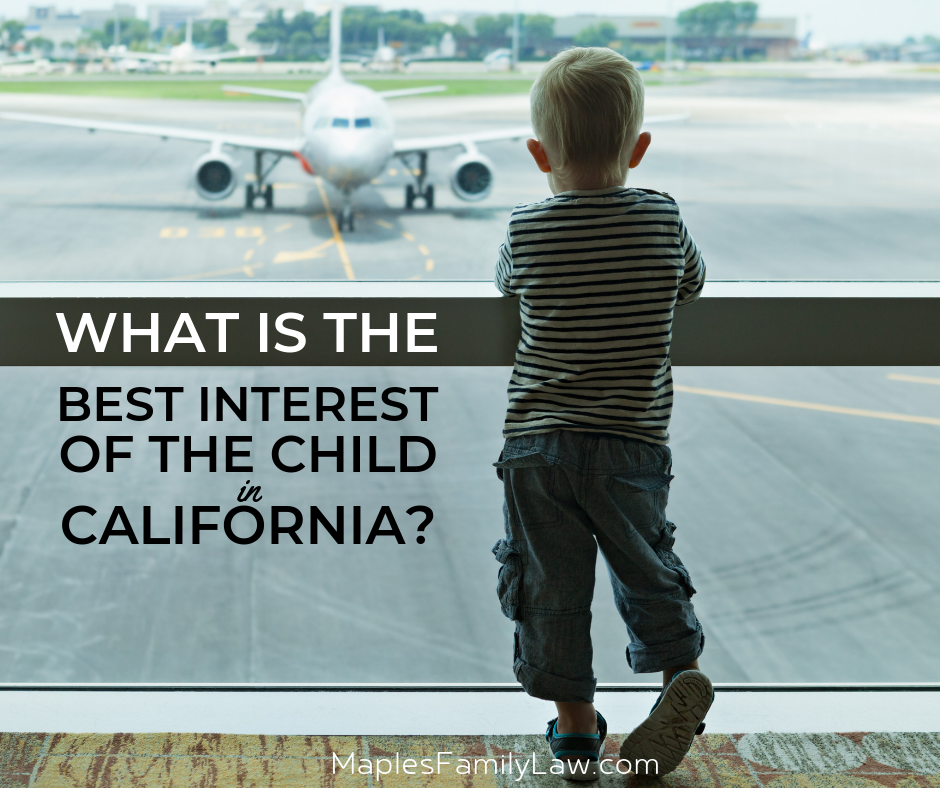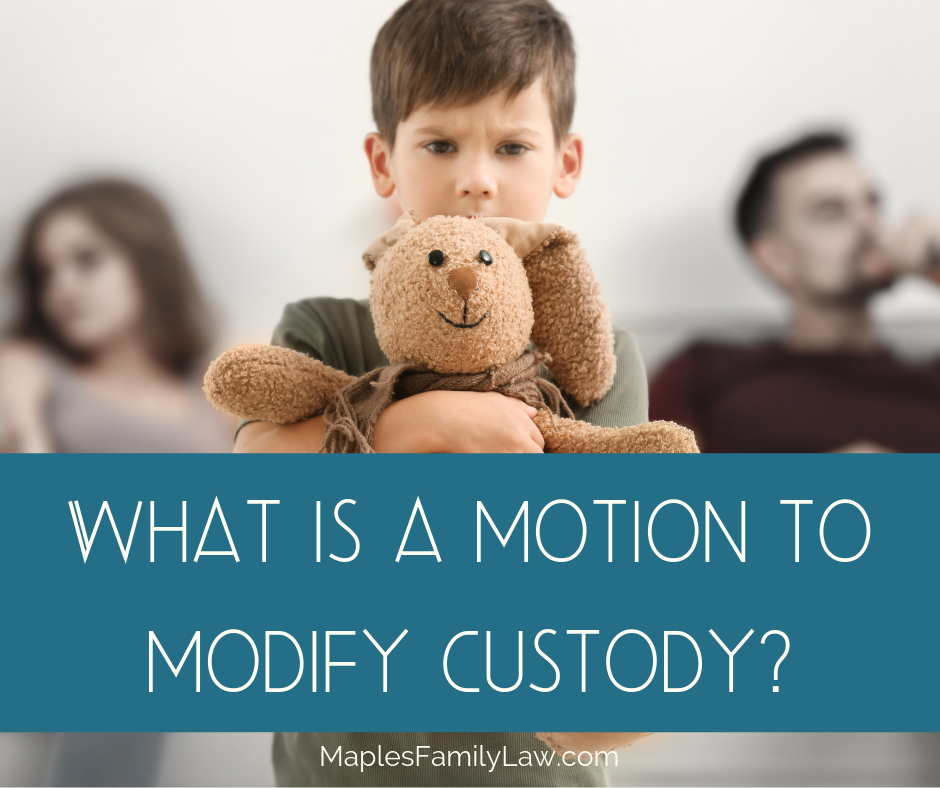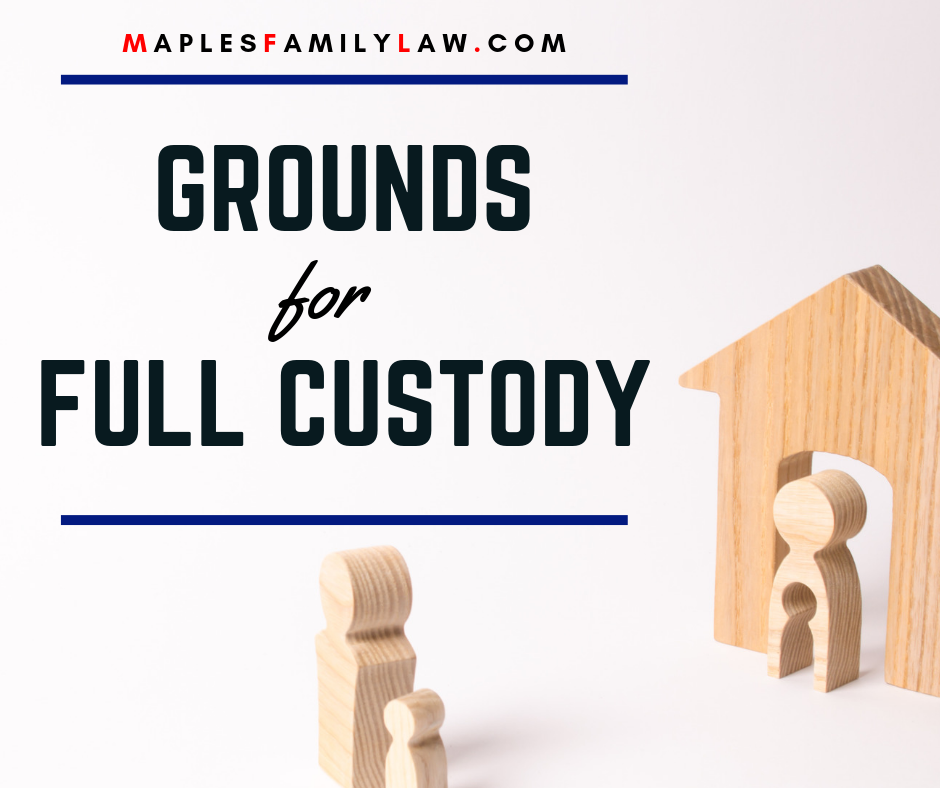 Child Custody
Child Custody
What is the Best Interest of the Child in…
What is the best interest of the child in California? If you’re like many people, you’ve heard that phrase before – but what does it mean, and how does it apply?
Here’s what you need to know.
What is the Best Interest of the Child in California?
 When you hear the term the best interest of the child, it’s generally about child custody. When the courts have to make a determination on custody, such as where a child will live and which parent will make important decisions about the child’s life, the judge has to look at what’s best for the child.
When you hear the term the best interest of the child, it’s generally about child custody. When the courts have to make a determination on custody, such as where a child will live and which parent will make important decisions about the child’s life, the judge has to look at what’s best for the child.
The courts recognize that children’s health, safety and welfare are the most important things. The courts also recognize that kids benefit from frequent and continuing contact with both parents.
Some of the factors the courts will look at when determining the best interest of the child in California include:
- The child’s age
- The child’s health
- The emotional ties that each parent shares with the child
- Each parent’s ability to care for the child emotionally, physically or financially
- Whether there’s a history of family violence or substance abuse
- The child’s ties to home, school and community
Ultimately, what’s best for the child will win the day in court.
The Best Interest of the Child in California: Full vs. Joint Custody
 California custody laws provide parents with the opportunity to work out their own custody agreements. As long as the agreement the parents reach is fair to everyone involved – and especially to the children – the judge is likely to sign off on it. However, sometimes the courts have to intervene and make a determination on custody on their own. This can happen when the parents simply cannot agree, even with mediation, or when the court has information that shows a certain arrangement would be better for the kids involved.
California custody laws provide parents with the opportunity to work out their own custody agreements. As long as the agreement the parents reach is fair to everyone involved – and especially to the children – the judge is likely to sign off on it. However, sometimes the courts have to intervene and make a determination on custody on their own. This can happen when the parents simply cannot agree, even with mediation, or when the court has information that shows a certain arrangement would be better for the kids involved.
There are two main types of custody: legal and physical.
Legal custody refers to a parent’s authority to participate in major decisions about the child’s health, education and welfare.
Physical custody refers to the child’s physical presence with a parent.
Most parents share legal and physical custody – that’s called joint custody. However, in some cases, only one parent has legal custody. Sometimes only one parent has legal and physical custody, too. Usually, that happens when:
- It’s in the child’s best interest for only one parent to have those rights and responsibilities
- The parents have proven to the court that they are unable to make decisions together
- One parent is unfit
- One parent is incapable of making decisions or of caring for the child
Related: Grounds for full custody of a child
Modifying Custody Because it’s in the Child’s Best Interest
 Sometimes the court will enter an order when parents split up, but later, the order stops working as it should. For example, if the parents are supposed to share physical custody of the child, but one parent moves across the country, the custody order will need to be modified. Another example might be if one parent is putting the child in a dangerous environment, or if he or she is failing to properly care for the child.
Sometimes the court will enter an order when parents split up, but later, the order stops working as it should. For example, if the parents are supposed to share physical custody of the child, but one parent moves across the country, the custody order will need to be modified. Another example might be if one parent is putting the child in a dangerous environment, or if he or she is failing to properly care for the child.
Custody orders can be modified, but you’ll have to ask the court to agree to a new plan. Your attorney can file the appropriate petitions and walk you through the process.
Related: Reasons to modify child custody
Do You Need to Talk to an Attorney About Custody and the Best Interest of the Child in California?
If you’re going through a divorce, or if you need to change your custody agreement, we may be able to help you. Call us right away at (209) 546-6870 or get in touch with a Stockton divorce attorney online to schedule a consultation today.







